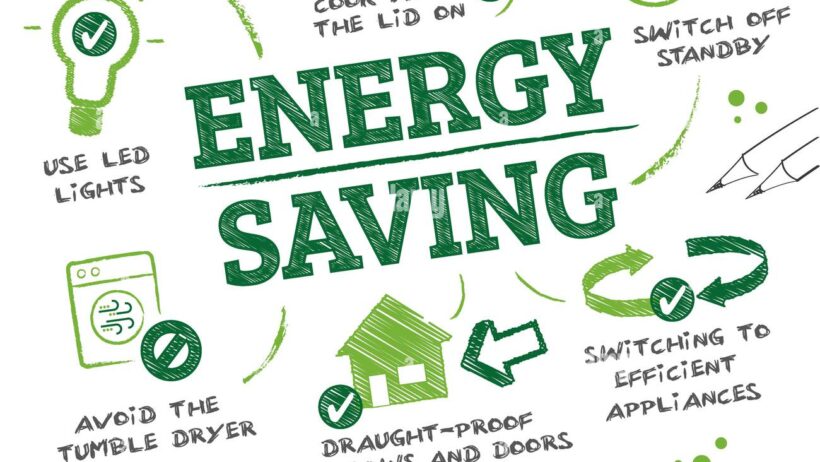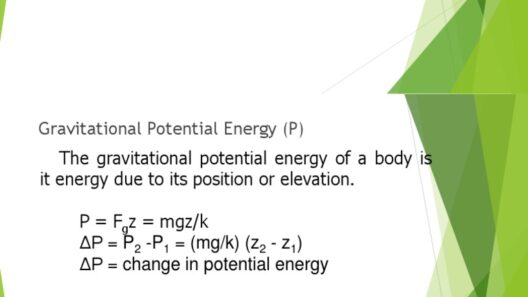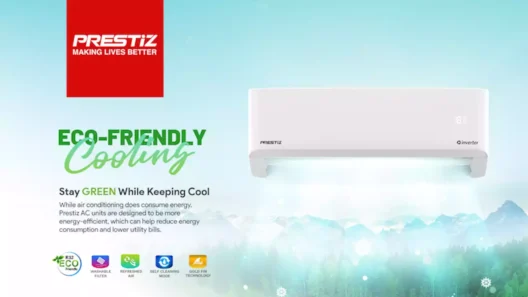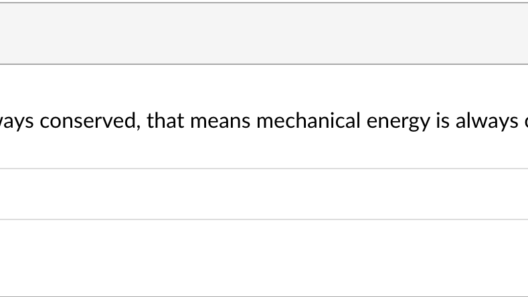As winter approaches and temperatures drop, the quest for warmth often leads to increased energy consumption. While electric heating systems are prevalent in many homes, they can contribute significantly to elevated energy bills and environmental degradation. However, conserving energy while using electric heat is not only feasible but necessary in our fight against climate change. Below are smart strategies designed to optimize electric heating efficiency, reduce costs, and ultimately lessen environmental impact.
Understanding Electric Heating Systems
Electric heating primarily includes systems like baseboard heaters, wall-mounted convectors, and electric furnaces. These systems convert electrical energy into heat through various mechanisms. Baseboard heaters function by warming up the air adjacent to them, while electric furnaces circulate heated air throughout a home. Each system has its strengths and weaknesses, especially regarding energy efficiency and operational costs.
1. Embrace Smart Thermostat Technology
One of the most efficient ways to manage your electric heating is through the use of smart thermostats. These devices can automate temperature settings based on your daily schedule, which allows for increased energy efficiency. For instance, lowering the temperature when you are away from home reduces unnecessary heating. Some sophisticated models even learn your preferences and adjust accordingly, further maximizing energy conservation.
2. Ceiling Fans Are Not Just for Summer
Utilizing ceiling fans during winter can enhance the performance of electric heating. By reversing the fan blades’ direction, you allow the air to circulate warmth that rises to the ceiling. This process disperses heated air more evenly throughout the room, minimizing cold spots and ensuring that the warmth generated by your electric heating system is felt in every corner.
3. Insulation and Sealing
Inadequate insulation and drafts can lead to significant heat loss, resulting in a higher demand for electric heat. Invest in quality insulation for your walls, attic, and floors to keep warmth trapped inside your home. Furthermore, seal gaps around doors and windows with weatherstripping or caulk, preventing the infiltration of cold air. A well-insulated home can drastically reduce reliance on electric heating, enhancing overall energy efficiency.
4. Layer Your Bedding and Clothing
Adopting a mindset of coziness can also translate into energy conservation. Instead of turning up the thermostat, consider layering your clothing and bedding. Thick sweaters, thermal socks, and additional blankets can keep you warm without the need for escalating heat. This simple adjustment can lead to significant energy savings, allowing your electric heater to operate less frequently.
5. Use Zoning for Efficiency
If your home features various rooms with differing heating needs, consider zoned heating solutions. By using individual thermostats for different areas, you can prevent unnecessary heating in unoccupied spaces. Closing doors to rarely used rooms will allow heating to concentrate where it is most needed. Zoned heating not only enhances comfort but also curtails energy expenditure.
6. Regular Maintenance
Just as one might care for a vehicle, regular maintenance of your electric heating system is paramount. Schedule annual inspections to ensure optimal performance. Clean or replace filters as necessary to prevent clogs that can hinder airflow and decrease efficiency. A well-maintained system operates more effectively and utilizes less energy over time.
7. Harness the Power of Natural Light
The sun’s warmth is a free resource that should not be overlooked. During sunny winter days, open your curtains and blinds to allow sunlight to naturally heat your home. This simple act can significantly reduce the demand for electric heating during the day. To maximize this benefit, consider thermal curtains that retain heat during the night.
8. Energy-Efficient Appliances
If you are in the market for a new electric heater, prioritize energy-efficient models. Look for those with the ENERGY STAR label, indicating compliance with strict energy efficiency guidelines. These units not only have better performance but also consume less electricity compared to older, less-efficient models.
9. Time-of-Use Rates Awareness
Many utility companies offer time-of-use rates, which charge different rates depending on the time of day. Familiarize yourself with these rates to schedule your electric heat consumption during off-peak hours. Using energy during these times can yield considerable savings, especially in colder months when heating needs spike.
10. Sustainability Beyond Heating
While conserving energy from electric heating is crucial, it is also essential to adopt a broader perspective on sustainability. Engage in lifestyle changes that promote environmental stewardship, such as using energy-efficient appliances, reducing overall energy consumption, and advocating for renewable energy sources. Collectively, these actions contribute to a healthier planet and alleviate the ongoing challenges posed by climate change.
In summary, conserving energy with electric heat during winter requires a combination of advanced technology, behavioral adaptations, and proactive maintenance. By implementing these strategies, not only can you achieve a cozy environment within your home, but you can also contribute to reducing your carbon footprint and mitigating climate change. The journey toward a sustainable lifestyle begins with small but impactful changes that resonate beyond the walls of your home.






